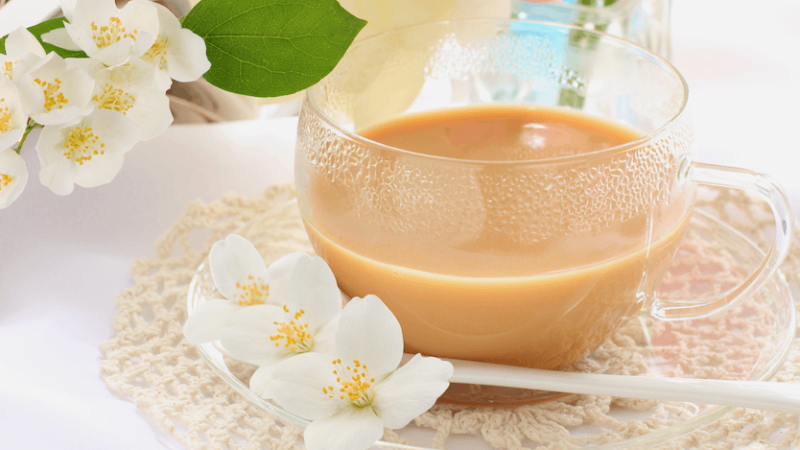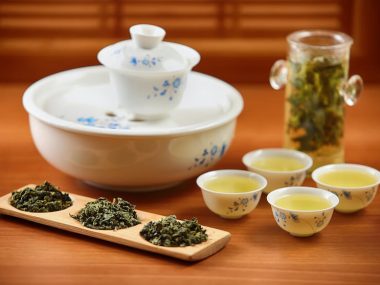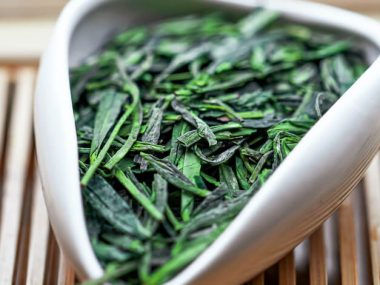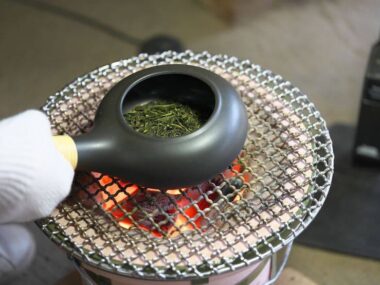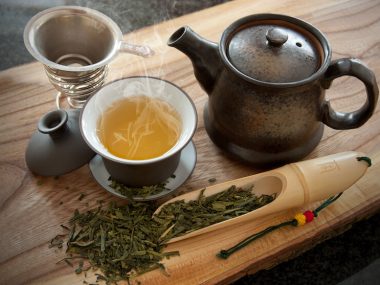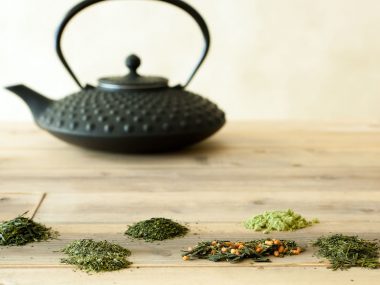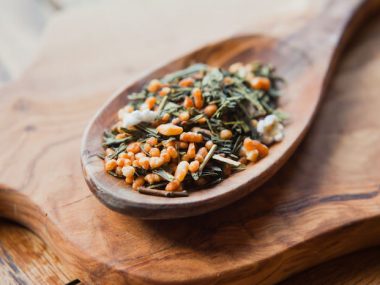Finding a unique tea is as easy as taking a traditional tea and adding layers of flavor to create something that stands out. The “mixology” of teas is quickly becoming something tea connoisseurs are coming to love and enjoy. Why not try your hand at “tweaking” Jasmine tea and upgrading it to Jasmine milk tea?
Table of Contents
What is Jasmine Milk Tea?
Jasmine Milk tea is made from processed tea leaves from a tea plant. Jasmine flowers are what’s used to infuse the processed tea. These flowers come from the Jasminum officinale plant. This tea is highly aromatic because of the infusion of Jasmine flowers.
The consumption of Jasmine tea dates centuries back. The Chinese began cultivating this tea plant during the Song Dynasty (927-1279.) Today, the world has a fine appreciation for the floral bouquet this cup of tea brings.
Processing Jasmine Tea
This tea plant undergoes a process, unlike other teas. It takes nearly six months to produce the perfect Jasmine tea once it’s harvested. The tea leaves are first harvested in early spring. From June to August, the flowers are harvested.
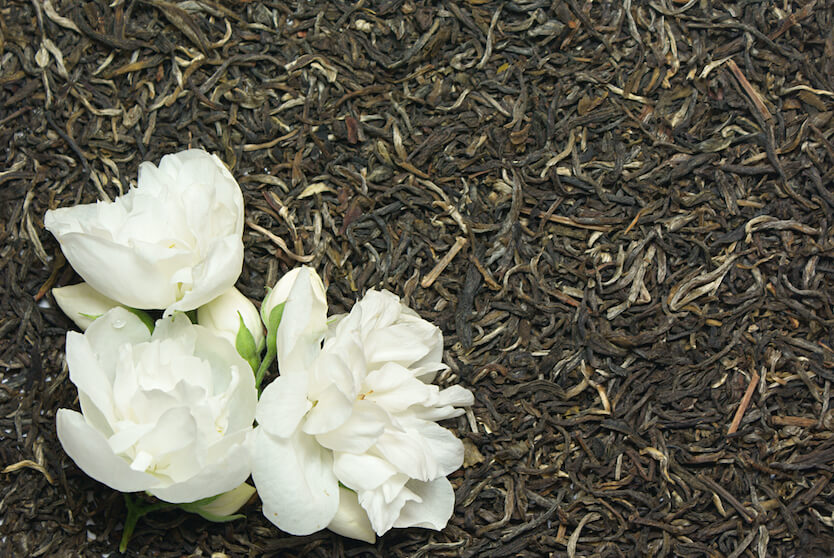
Spring: Tea Leaf Harvesting
In early spring, the leaves are handpicked one by one and taken back to the processing house, where a series of sifting, sorting, grading, and baking goes on. Sifting is the first step to separate the small leaves from the larger ones. Large, round trays made from bamboo are the tool used to sift. People hold these trays full of leaves and toss them up into the air hundreds of times until the smaller leaves have separated from the larger ones.
Once the sifting is over, the tea leaves undergo “shaping.” With the leaves placed in bags, the tea maker kicks those bags, which further separates the different sizes of leaves. After the shaping is done, the larger leaves are removed where they go on to be baked and set aside.
June To August: Flower Harvesting and Infusions
June is usually when the Jasmine flowers bloom. The tea maker has to precisely plan to pick the flower buds just before they bloom. A careful watch is kept over the crop to monitor the buds. When it’s time, the buds are quickly picked and taken to a large room where they are laid out on a floor. These flowers open up only at night for several hours. Tea makers must work through the night to gather the open blooms because now they must be infused with the tea leaves that have been waiting.
Before the sun comes up, the same night the flowers open up, the first infusion of blooms and tea leaves take place. These blooms and tea leaves are mixed together and allowed to rest for 12 hours.
As more and more flower buds on the plants prepare to blossom, they are picked and brought back to the house where they open up during the night, and those undergo the same process of being quickly mixed with other batches of tea leaves. After resting the first batch of tea for 12 hours, the tea is infused again with more flowers, and the mixture is allowed to rest. A batch of such mixtures undergoes up to nine infusions.
What Does Jasmine Milk Tea Taste Like?
A standalone Jasmine tea is first experienced by the nose with the floral aroma of the infused flowers. As you sip the tea, you are met with a delicate floral taste with slight hints of earthiness and citrus. By adding milk to your tea, you add another layer of flavor which slightly shifts the taste profile. When first sipping Jasmine tea with milk, you quickly note the floral taste, but the earthiness and citrus don’t quite punch through. Instead, an additional smooth sweet layer of floral with a slight nuttiness quietly surprises the palate.
Does Jasmine Milk Tea Have Caffeine?
Jasmine Milk tea is typically a green tea base that does have caffeine. An average cup of Jasmine Milk tea is anywhere from 30-50 mg of caffeine. Studies show that the longer you brew your tea, the higher the caffeine. Brewing time comes down to a personal preference, so caffeine levels will vary.
By using half a teaspoon of loose leaf Jasmine tea, the approximate amount of caffeine in brewing time are:
- 1 minute = about 28 mg of caffeine
- 3 minutes = about 33 mg of caffeine
- 5 minutes = about 35 mg of caffeine
Jasmine Milk Tea Benefits
Because Jasmine Milk tea is a base of Jasmine tea, there are health benefits from enjoying a cup of this tea.
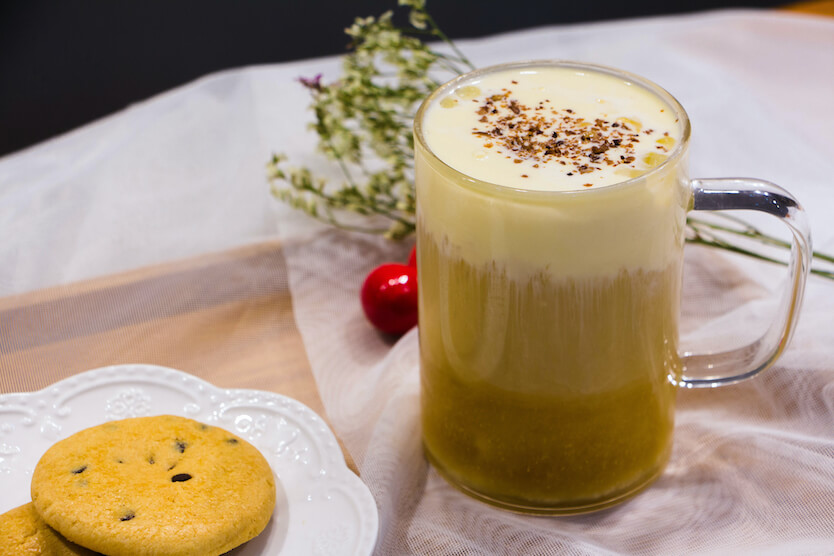
Calming Effect: Reduces Blood Pressure, Reduces Anxiety
A compound present in the Jasminum officinale plant (Jasmine flower) called linalool is what gives a Jasmine flower its aroma. When infused into tea, the linalool is still present, which is why Jasmine tea has its distinct floral smell. Just by inhaling the scent of the tea, you are taking in the linalool. This compound evokes a sense of relaxation within the body. In turn, a sense of calm reduces anxiety and our blood pressure.
Natural Antibiotic
The natural oil present in Jasmine flowers fights E. coli and other strains of bacteria. When compared to other antibiotics such as penicillin, the Jasmine oil was able to penetrate the bacteria’s cell walls where penicillin failed. Having a daily cup of Jasmine tea equips your body with a natural antibiotic that wards off bacterial infections.
Mood Booster
Jasmine tea was found to stimulate our central nervous system in a positive way that encourages a lift in mood. Negative emotions were significantly decreased. By enjoying a cup of this tea during those “slumps,” we get a lift in spirit, and things begin to look just a little bit brighter and better.
What Is The Healthiest Milk Tea?
Milk teas come in various forms these days. What may be adding simple milk to a hot tea may be concocting a sugary bubble tea to someone else. Boba teas are packed with carbs, and although they may seem tasty, they are not healthy.
The healthiest way to enjoy a Jasmine Milk tea is by adding a very modest amount of milk, cream, or other forms of dairy to an unadulterated cup of tea. Jasmine green milk tea and green teas, in general, are by far the healthiest teas to consume.
Is It OK to Drink Milk Tea Every Day?
Jasmine Milk tea prepared the healthy way is relatively safe to consume daily provided you stay within the recommended daily allowance of 400 mg of caffeine. A few cups a day is fine. However, should you opt for a carb-dense bubble tea, we would not recommend having it daily. The amount of sugar found with an 8 oz. cup of Jasmine Boba Milk tea can be as much as 212 calories (42 grams of carbs.)
How To Make Jasmine Milk Tea
We have provided a few ways to make Jasmine Milk tea recipes with a few different twists that add some flavor and texture.
Traditional Jasmine Milk Tea
- Jasmine tea (loose is best)
- ¼ cup of milk (skim, whole, half/half, almond, or soy)
- Tea strainer
- Teapot
- Teacup
- Kettle (electric is best so you can control the heat setting)
Directions:
- Fill your kettle with filtered water and heat until it reaches 160-180 degrees (F.)
- Tip: Tap water will cause your tea to be bitter because of the chlorine. It’s best to use bottled (not distilled) water.
- Tip: Avoid boiling water because it cooks the tea rather than brews it.
- Place your loose Jasmine tea in a tea strainer and drop it into the teapot.
- Tip: Prewarm your teapot and teacup to avoid temperature loss of your tea. This is done by bathing the inside of your teapot/teacup with hot water.
- Pour the hot water into the teapot.
- Cover and allow to steep for 2-4 minutes.
- Add your milk to the teacup, and then pour the steeped tea from the teapot into the milk.
Jasmine Milk Bubble Tea
Ingredients:
- ¼ cup Black tapioca pearls
- Water for preparing the tea and to boil tapioca pearls in
- 2 tsp. Honey
- 6 tsp. Loose Jasmine tea (or 6 teabags)
- 1 cup of dairy (your choice)
- Ice
Directions:
- Brew the Jasmine tea and sit aside to cool
- Cook the tapioca pearls (as directed,) rinse with cold water, drain and set aside.
- Combine the tea and dairy in a pitcher. Mix well.
- Distribute the tapioca pearls in two glasses.
- Add ¼ cup of ice to each glass.
- Pour the milk/tea over the ice.
- Place a dollop of whipped cream on top.
- Insert an extra-wide straw and enjoy!
A Floral Tea You Can’t Refuse
Jasmine Milk tea is very versatile. A hot cup in the winter is like having a few moments of spring waft through your thoughts. For those hot days of summer, a refreshing iced version is the absolute best to cool you down.
